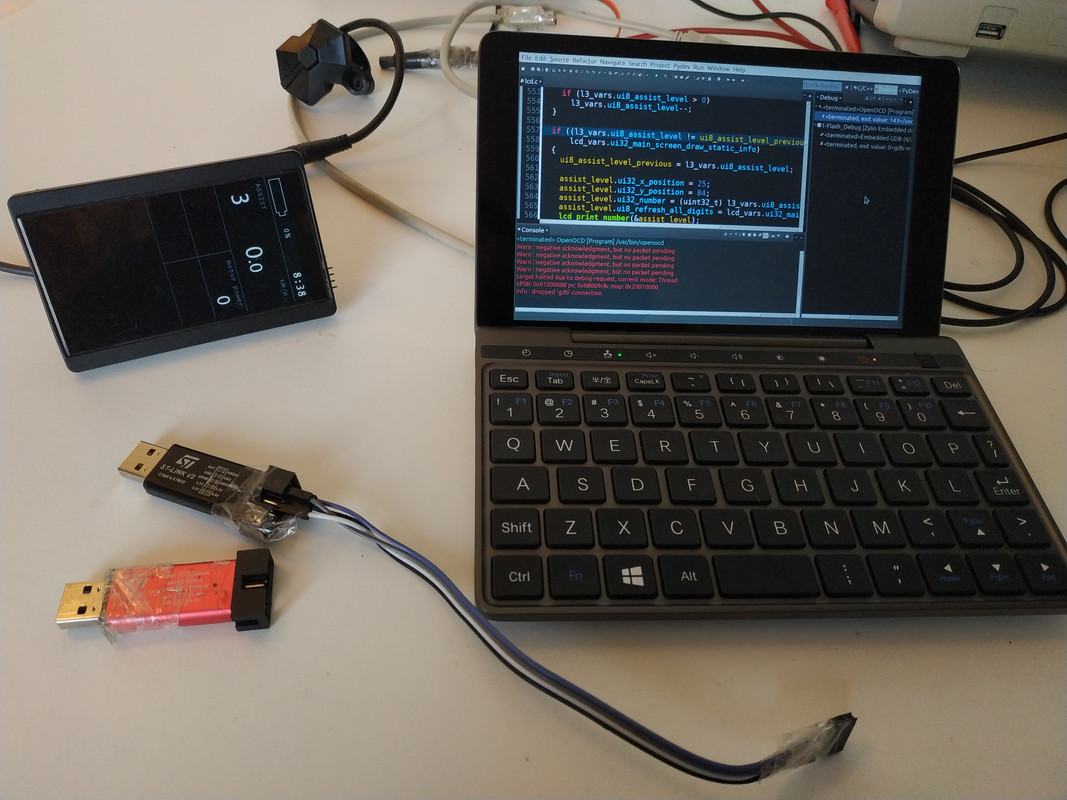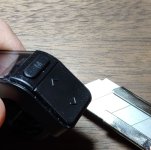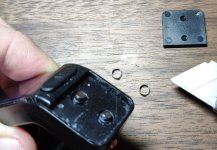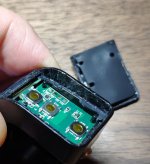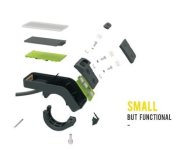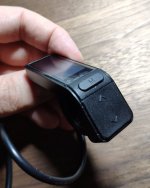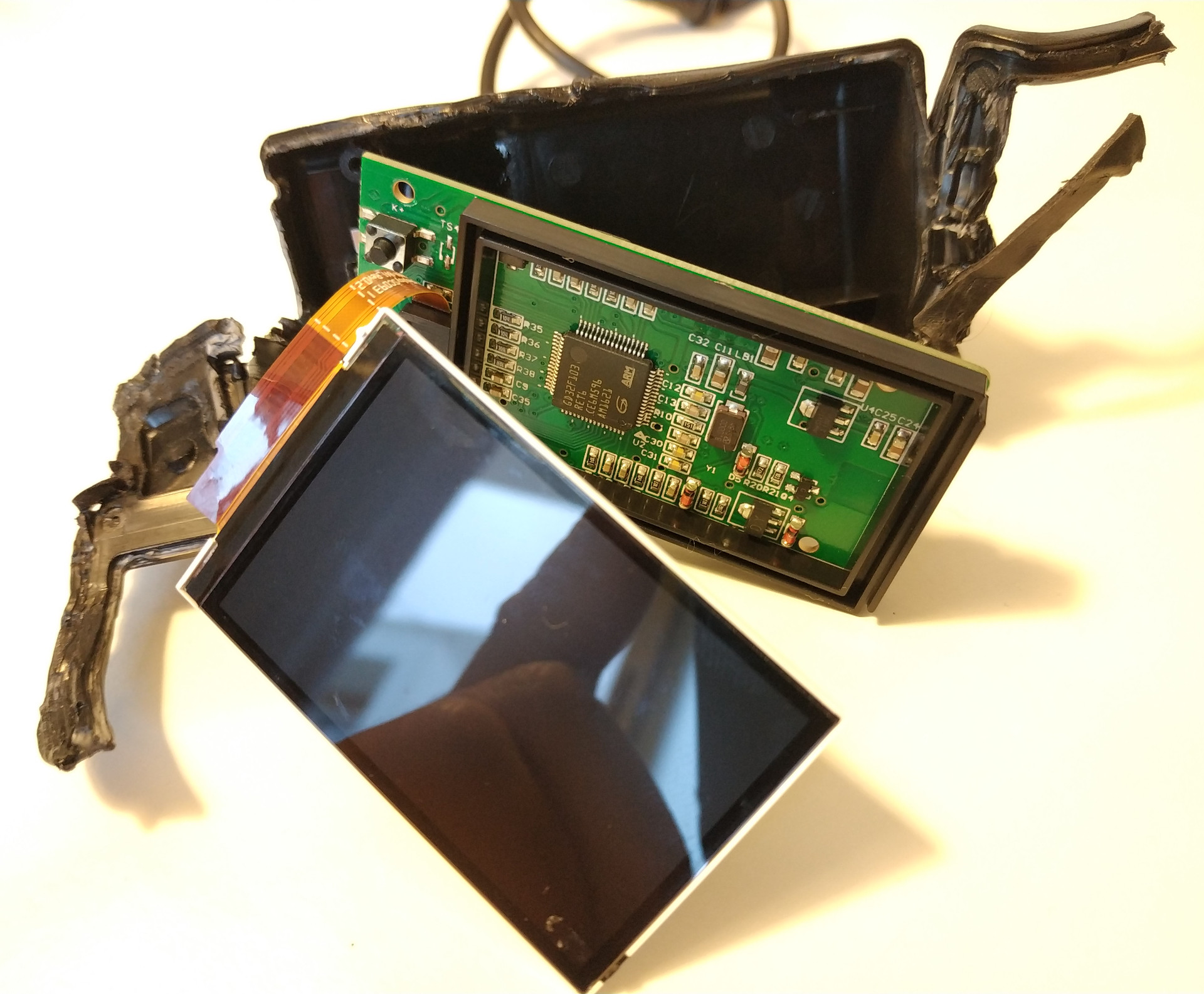Nick said:
I really like those SW102 displays because do be honest I think the LCD3 is far from a modern good looking display and the 850c is way to big.
My opinion on LCDs.
LCD3 was nice for the development because it is flexible enough so I could send debug data to it while developing the code. Also this LCD is cheap and was simple and fast to develop for. It is also very easy to open and solder the flash/debug pins.
Currently LCD flash memory is full, can't handle any more features.
850C is the big and has the RTC that let us implement time clock. I always drive against the clock that is shown on this LCD, for me is very important to have this.
This LCD is also not very hard to open and solder the flash/debug pins.
The big screen is way better on configuration menus and data that is presented to user. I also want to present data is numeric fields and/or graphs (2 graphs OR 1 graph and 4 numeric fields OR 8 numeric fields).
This LCD has 512kBytes memory and only about 1/4 of is is being used right now.
SW102 is the hardest to open and solder the flash/debug pins. It is small and has Bluetooth, something some users are asking.
Has no RTC, so no time clock.
The screen is very small but for configurations and advanced data, we can develop a mobile app.
Has the potential to communicate with the Smart Bluetooth BMS and this way integrate on the same system the EBike motor, BMS, LCD and mobile app.
The drive of LCD is not yet working.
Has 256KBytes of flash memory but about half of that is used by the Bluetooth stack. If we want to add the Bluetooth bootloader, I am afraid we can end up like LCD3, without memory.
500C, it is impossible to open to solder the flash/debug pins (unless users cut the enclosure at a specific location to access the board).
Has a medium size and share the hardware with 850C although misses the RTC (time clock).
---
I think 850C and SW102 are good ones because they are very different and may be useful for different type of users. The 500C is in the middle on this 2 and so I would skip this one.


